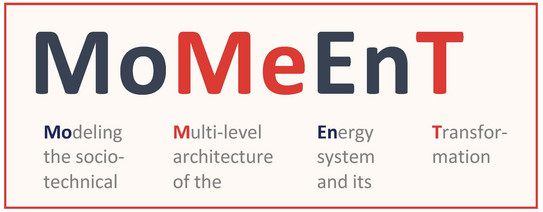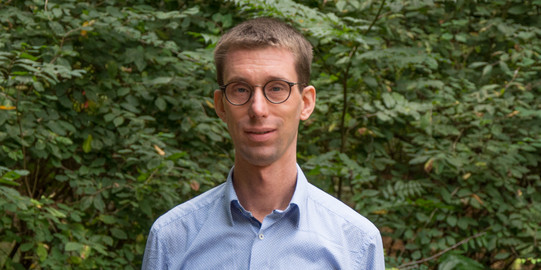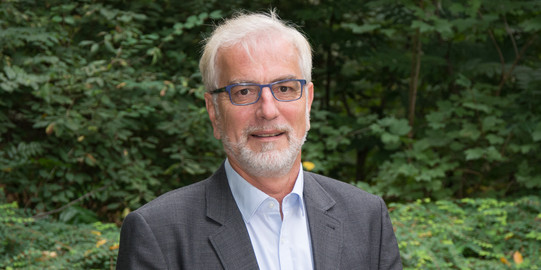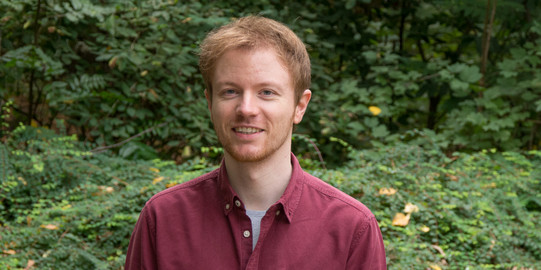MoMeEnT
Modelling the socio-technological multi-level architecture of the energy system and its transformation
Duration: 01 June 2019–31 May 2022

Research proposal
The research project MoMeEnT aims to model the different levels of the complex socio-technological system of energy supply using multi-agent approaches - in such a way that the dynamic interdependencies and non-linear interactions within and between the technological and social modules can be mapped, recorded and analysed.
The Technology Studies Group is working on the sub-project "Interdependent socio-technological modelling for the transformation of the multi-level energy supply system" together with the Institute for Energy Systems, Energy Efficiency and Energy Economics (ie³). In this project, the technical focus is placed on the imminent expansion of future supply systems, caused, among other things, by sector coupling. However, electric vehicles, photovoltaic roof systems and heat pumps as examples of new components and mechanisms should not only be considered from a purely technical point of view. Their impact on grid operation also strongly depends on the individual decisions and behaviour of the actors (e.g. households) - which in turn are influenced by their resources (e.g., financial, social or cognitive) and external incentives (e.g., subsidies). It is precisely this consideration of the subjective dimension as well as the consideration of heterogeneous individual situations that are the essential factors that set the planned multi-level modelling apart from previous, purely technical models.
This will enable conclusions to be drawn about possible scenarios and possible approaches for transforming the energy system into one based on renewable sources and identifying starting points for its design and, where appropriate, its optimisation.
Project partner
Altogether, three teams are working on the project to investigate different dimensions of the transformation of the energy supply and later integrate them into a single, interdisciplinary model.
Interdependent Socio-technological Modelling of the Energy Supply’s Multi-level Transformation
Modelling Demand and Supply Dynamics in Socio-technological Energy Systems
Social and Technological Modelling of Interdependencies for Efficient Integration of Industry into Energy Supply
Contact

Fabian Adelt

Prof. Dr. Johannes Weyer





![[Translate to English:] [Translate to English:]](/storages/zentraler_bilderpool/_processed_/a/f/csm_Kontakt_b86e8d8ecc.png)
![[Translate to English:] [Translate to English:]](/storages/sfs-sowi/_processed_/6/c/csm_Glasfront_sfs_Header_eae6d325d3.jpg)